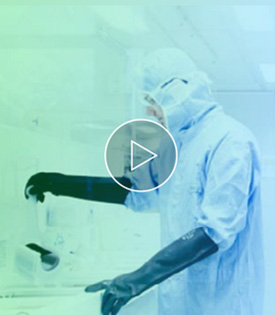The mammalian protein disulphide-isomerase (PDI) family encompasses several highly divergent proteins involved in the processing and maturation of secretory proteins in the ER by catalyzing the rearrangement of disulphide bonds. PDI, an abundant protein of the ER (>400uM), contains a carboxy-terminal retention signal sequence, KDEL, similar to that of BiP and Grp94. The PDI proteins are characterized by the presence of one or more domains of ~95-110 amino acids related to the cytoplasmic protein thioredoxin. All but the PDI-D subfamily are composed entirely of repeats of such domains, with at least one domain containing - and one domain lacking - a redox-active-Cys-X-X-Cys-tetrapeptide. In addition to roles as redox catalysts and isomerases, PDI proteins perform such functions as peptide binding and cell adhesion, and may conduct chaperone activities. Platelet surface thiols and disulphides play an important role in platelet responses. Catalytically active PDI resides on platelet surfaces where it mediates platelet aggregation and secretion by reducing disulfide bonds, thus exposing fibrinogen receptors in platelets.
Recognizes human, mouse, rat, bovine, dog, chicken, guinea pig, hamster, monkey, pig, rabbit, sheep and Xenopus PDI. Detects a band of ~58kDa by Western blot.
Type: Primary
Antigen: PDI
Clonality: Monoclonal
Clone:
Conjugation: PE (Phycoerythrin)
Epitope:
Host: Mouse
Isotype: IgG1
Reactivity: Human
